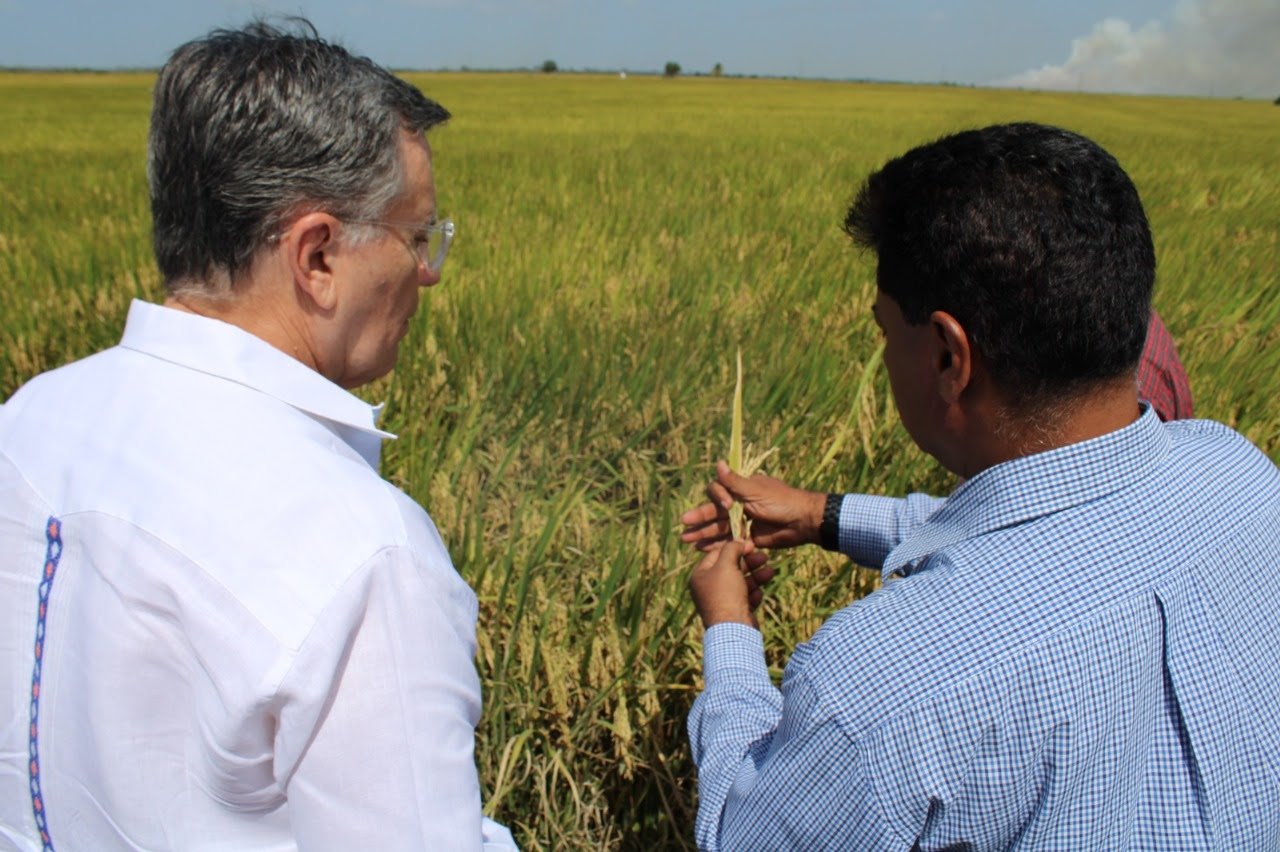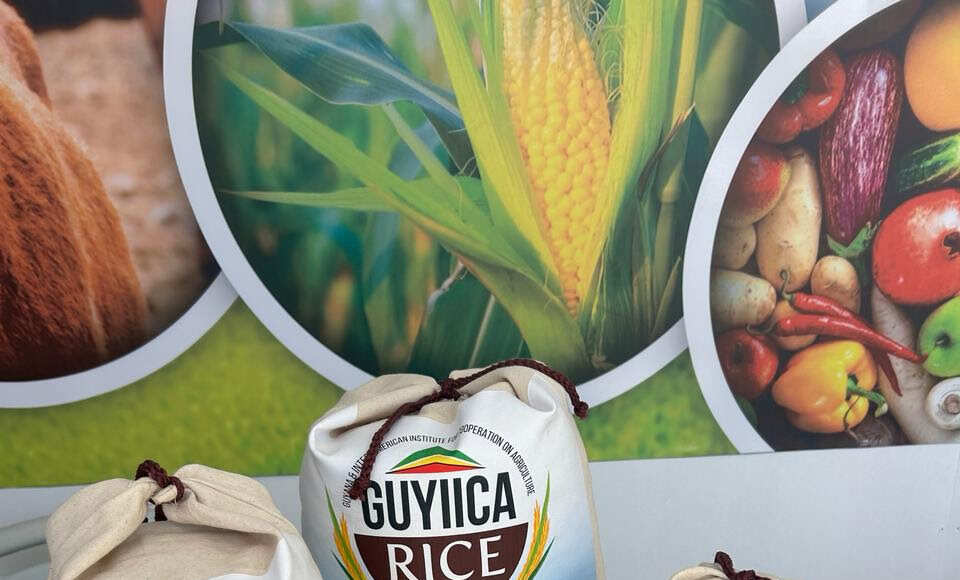The Government of Guyana, in partnership with the Inter-American Institute for Cooperation on Agriculture (IICA), has unveiled a biofortified rice variety in the region after extensive collaborative research spanning over three years.
This achievement marks a significant milestone in bolstering the nation’s food and nutritional security and holds promise for wider adoption across the Caribbean.

With its high zinc content, this rice variety stands as a testament to innovation and resilience, positioning Guyana as a trailblazer in agricultural advancement.
Already in cultivation on a modest scale within Guyana, the biofortified rice is poised to revolutionize the agricultural landscape, aligning with the region’s ambition to curtail food imports by 25% by 2025. Dr. Manuel Otero, Director General of IICA, commended the collaborative efforts during his visit to Georgetown, underscoring the pivotal role played by both governmental and international bodies in realizing this endeavor.
Minister Mustapha articulated the next phase of scaling up production, emphasizing not only economic gains for farmers but also profound health benefits for the populace. This strategic move underscores Guyana’s commitment to self-sufficiency in staple commodities, epitomizing its aspirations for agricultural autonomy by 2026.
“The next goal is to start producing this variety on a large scale, so that Guyana can have rice with this food as a healthy supplement. In this way we will be able to increase not only the income of our farmers but the health of our people in the country and the rest of the Caribbean,” the minister said.
The collaboration between the Guyana Rice Development Board (GRDB) and IICA was propelled by a mandate from the Caribbean Community (CARICOM), reflecting a regional resolve to fortify food production resilience amidst escalating climate-induced adversities. Notably, the biofortified rice, dubbed GRDB IICA-17, boasts remarkable yields of up to 8 tons per hectare, presenting a lucrative avenue for farmers and bolstering food security initiatives.
Crucially, the biofortified rice was developed using conventional farming methods, eschewing genetic modification while harnessing rice’s innate ability to accumulate zinc—a vital micronutrient crucial for immune function and disease resistance, including against pathogens like Covid-19.
With approximately 600 hectares already dedicated to biofortified rice cultivation in Guyana, plans are underway to export to neighboring Caribbean nations and beyond, capitalizing on its nutritional superiority and economic viability. Wilmot Garnett, the IICA Representative in Guyana, outlined a comprehensive strategy to disseminate awareness and promote the nutritional merits of the biofortified variety, aiming to secure its dominance in the local market within the next few years.









